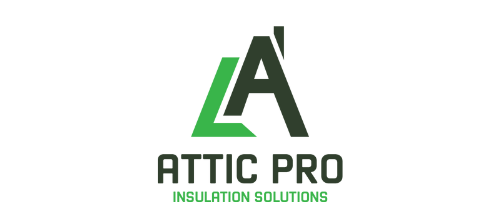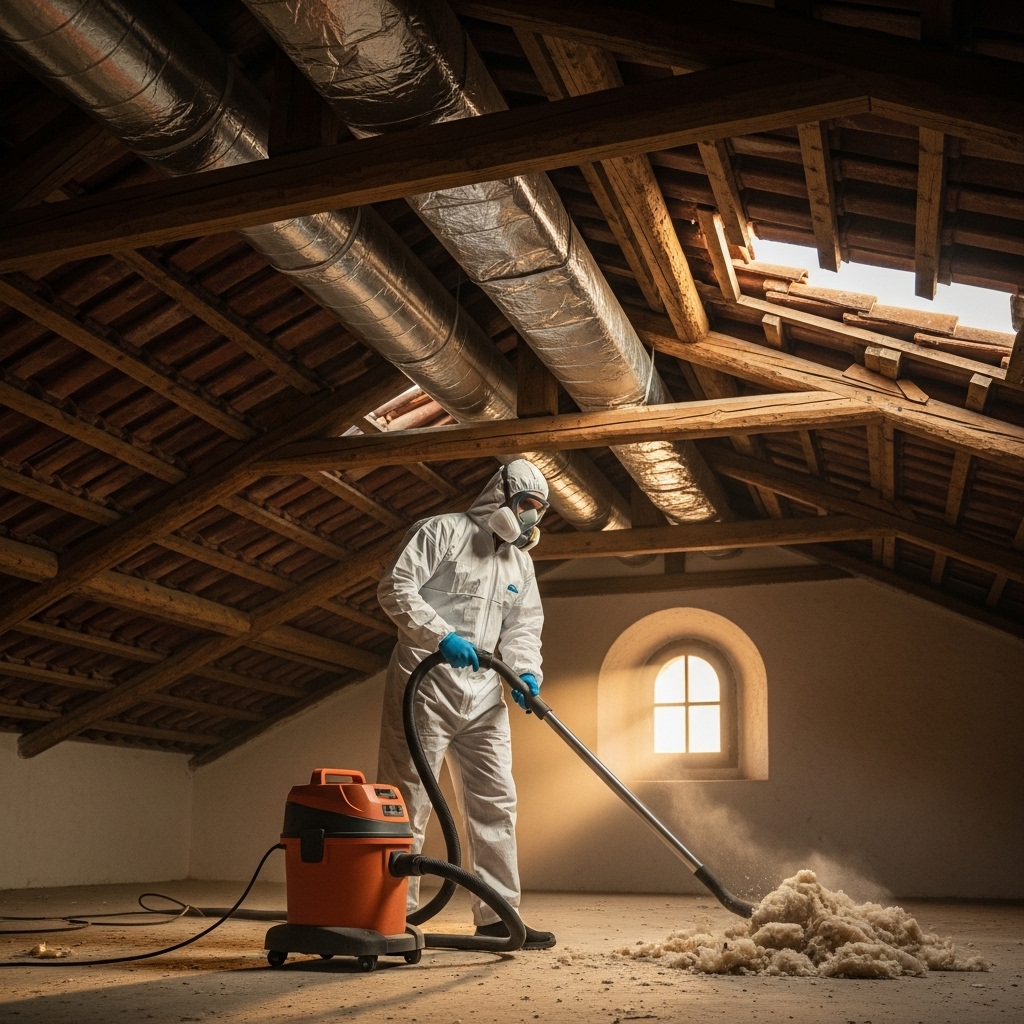Los Angeles has a character all its own, from breezy coastal mornings to warm valley evenings, and that personality extends into the way local homes and businesses deal with pests. When people hear “rodent sanitation,” they often think about traps and bait. But here in LA, where dense neighborhoods, older housing stock, backyard ADUs, and Mediterranean-style landscaping converge, proper cleanup and restoration after an infestation is just as important as eviction. If you are planning a thorough rodent cleanup, this is what you can realistically expect from a professional service and how the process fits the unique conditions of Southern California living. Right from the start, it helps to understand how modern rodent sanitation goes far beyond a quick sweep and spray. It is a health-driven, methodical approach to removing contamination, eliminating odors, and preventing a repeat problem.
As someone who has walked crawl spaces in Craftsman bungalows near Echo Park, checked eve vents in Valley ranch homes, and climbed attic trusses above Spanish Revival roofs from Pasadena to the Westside, I can tell you the job is equal parts science and local street smarts. The best providers understand the city’s microclimates, the way Santa Ana winds push debris into soffits, and how food sources from backyard citrus to overflowing alley bins draw rodents right back unless conditions are corrected. Expect a comprehensive evaluation that ties these environmental factors to the condition of your structure, and expect a service plan that is transparent about what gets cleaned, what is replaced, and how long it will take.
Initial Inspection and Health Considerations
A high-quality rodent sanitation visit begins with a health-focused inspection. The goal is to identify where rodents have traveled, nested, and left contamination. In Los Angeles, that often means attics with aged insulation, crawl spaces with limited clearance, and detached garages that double as studios or storage. Technicians look for droppings, urine staining, nesting material, rub marks along beams, and the telltale pathways across insulation and ductwork. They’ll also pay attention to air movement, because HVAC returns and bathroom vents can carry odors and particulates into living areas.
Health considerations are central. Rodent droppings and urine can carry allergens and pathogens, and dried matter can become airborne when disturbed. A reputable team arrives with personal protective equipment, such as respirators and disposable suits, and uses HEPA-filtered vacuums to capture fine particles. The purpose isn’t to alarm you; it’s to manage risk responsibly so your home or business returns to a safe baseline.
Scope of Work: What Gets Cleaned and What Gets Replaced
Homeowners often ask where cleaning stops and replacement begins. If contamination is light and localized, a careful HEPA vacuuming and targeted disinfection may be enough. But if the attic blanket is tracked with rodent trails or nest sites are present, partial or full insulation removal is typical. In the crawl space, soiled vapor barriers may be pulled and replaced, and any nesting pockets in stored items should be discarded. Surfaces like joists, subfloor, and drywall backs can be sanitized with a disinfectant designed for porous and non-porous materials, followed by odor neutralization to address persistent scents that may otherwise draw rodents back.
Los Angeles structures often have complex attic buildouts—think recessed can lighting, skylight chases, knee walls, and HVAC platforms. Expect technicians to maneuver around these areas, documenting conditions and advising if any duct insulation or flex lines show chewing or contamination. The difference between quality service and a quick cleanup is the patience to treat hidden spaces and to tell you, plainly, what must be replaced to achieve a result that will last.
Containment, Filtration, and Safety
Containment measures ensure that dust and contaminants do not migrate from the work area into living spaces. Zip walls or sealed entryways might be set, and attic hatches are protected so debris doesn’t drop into hallways. Negative air machines with HEPA filtration are often used during insulation removal so that airborne matter is captured at the source. Technicians will coordinate with you about pets, children, and timing to minimize disruption, and they should leave pathways and common areas as clean as they found them.
In older LA homes, lead paint and other legacy materials can be a concern when opening sealed cavities or accessing tight spaces. A professional crew knows how to work carefully around these elements and will focus on safe handling and disposal of debris. If a company cannot explain how they protect indoor air during sanitation, that’s a red flag.
Disinfection and Deodorization
Sanitizing is more than a quick spray. After vacuuming, technicians apply a disinfectant that is appropriate for the surfaces being treated and for the presence of humans and pets. The product selection and dwell time matter; the best teams will let a solution work long enough to do its job, then revisit stubborn zones. Odor control is handled with targeted neutralizers, not just fragrances that cover up smells. When done correctly, the difference is noticeable: a clean, neutral scent replaces the musty ammonia edge that signals a rodent problem. In LA’s dry climate, odors can cling inside insulation and raw wood; that’s why removal and targeted sealing of stained wood may be recommended for long-term results.
Exclusion and Proofing as Part of Sanitation
Technically, exclusion—sealing entry points—is a different service than sanitation, but they go hand in hand. What’s the point of cleaning an attic if new rodents can slip back in through a gap behind the water heater or a torn gable vent screen? During a proper job, you should expect a conversation about access points. Common LA offenders include gaps where utility lines enter stucco, openings behind AC condensers, misfitted garage door seals, and those charming yet vulnerable roof returns on older homes. A conscientious team will identify and often address small gaps during the sanitation project, or schedule a follow-up to complete comprehensive exclusion work.
At the midpoint of most projects, you should understand the timeline, the areas already cleaned, and what remains. This is also a good time for your provider to reaffirm best practices and, if needed, coordinate with your pest control operator. If you haven’t yet secured a pro, this is when many homeowners decide to bring in dedicated help for professional rodent sanitation so that cleanup and prevention align.
Los Angeles Nuances: Neighborhoods, Climate, and Construction
Across the city, construction styles change. In hillside neighborhoods like Mount Washington and the Hollywood Hills, attics can be segmented and hard to navigate, with knee walls and tight angles where nests hide. In the Valley, wide-span trusses with blown-in insulation are common, and technicians need to distribute their weight carefully to avoid drywall damage while following rodent runs. Coastal properties may deal with corrosion and salty air affecting vent screens, while urban neighborhoods face pressure from alley dumpsters and dense landscaping. These differences influence how crews stage equipment, where they focus cleaning, and which exclusion points matter most.
Los Angeles is also home to many multi-generational properties that have seen multiple renovations. That means unexpected voids, orphaned vents, or old constructions that were never properly sealed. An experienced local technician recognizes these clues and doesn’t get fooled by quick fixes. If your team talks about sealing weep holes on masonry or blocking essential ventilation, ask questions; good sanitation and exclusion preserve healthy airflow while closing rodent-sized openings.
What You’ll See, Hear, and Smell During Service
Expect noise from insulation vacuums, the hum of negative air machines, and the occasional thump as technicians move along joists. You may notice the scent of disinfectant during application, which should dissipate as the job concludes. Many crews lay down protective runners from entry points to attics or crawl spaces, and they’ll bag waste before moving it off-site. A professional team will brief you when they arrive, update you during the day, and walk you through photos at the end—before and after shots that help you visualize what was accomplished in spaces you rarely see.
Once the cleaning portion is complete, your attic should look organized and fresh. If insulation was replaced, new material should be evenly distributed, with chases and fixtures properly protected. If only sanitation was performed, you should see clean joist bays and treated surfaces without loose droppings or nesting debris. In crawl spaces, expect tidy vapor barriers and clear access to plumbing and electrical components. The goal is not only cleanliness but also serviceability for future maintenance.
Aftercare: Preventing a Return Visit
Sanitation is a reset button, but keeping your home or business rodent-free requires a few habits. Secure pet food and birdseed in sealed containers. Trim vegetation away from walls and rooflines so ivy or branches don’t serve as highways into your attic. Ask your trash service about bin replacement if lids don’t seal properly, and encourage neighbors to do the same—rodents don’t respect property lines. Inside, repair slow leaks that can turn crawl spaces into rodent-friendly humidity pockets, especially during cooler months when animals seek warmth and water.
Follow-up inspections help. Los Angeles has seasonality: warm nights and dry spells can push rodents to travel farther for food and water. A six-month or annual check of attic vents, door sweeps, and utility penetrations keeps little gaps from becoming big problems. If you hear new activity—scratching, gnawing, or scampering—report it early so a minor intrusion doesn’t turn into a new contamination event.
Working with Professionals You Trust
In a service as detail-oriented as rodent sanitation, trust matters. Look for providers who are transparent about their processes, who can explain the products they use, and who carry appropriate insurance. Ask about HEPA filtration, containment, and disposal methods. The right team will be comfortable discussing why certain areas require removal, how they’ll protect indoor air quality, and how their work dovetails with exclusion or pest management efforts. The emphasis should always be on long-term results, not quick cover-ups.
Frequently Asked Questions
Q: How long does a typical rodent sanitation project take in Los Angeles homes? A: Most single-family homes can be inspected and cleaned within a day or two, depending on the size of the attic or crawl space and the extent of contamination. Properties with extensive insulation removal, complex attic layouts, or multiple zones may take longer, but a professional will provide a realistic timeline at the outset.
Q: Will sanitation eliminate the rodent smell completely? A: When sanitation is done thoroughly—vacuuming, disinfecting, neutralizing odors, and replacing contaminated insulation as needed—odors are usually eliminated. Stubborn smells often indicate hidden contamination or active access points that still need to be sealed.
Q: Is it safe to stay home during the process? A: In many cases, yes, provided the team uses proper containment and HEPA filtration. If you are sensitive to noise or cleaning products, discuss scheduling, ventilation, and product choices with your provider. They can often adjust timing or recommend brief outings during the noisiest or most intensive phases.
Q: Do I need to coordinate pest control and sanitation at the same time? A: Coordination helps. Sanitation addresses contamination and odors, while pest control and exclusion address the animals and the holes. When these efforts align, you get better, longer-lasting results.
Q: What happens to contaminated materials? A: Technicians bag and remove waste to appropriate disposal streams. Insulation and debris are handled to minimize dust and exposure, and pathways through your home are protected to keep clean spaces clean.
Ready to Restore a Healthy Home?
If you are hearing noises overhead, noticing a persistent musty odor, or discovering droppings in storage areas, don’t wait for the next warm spell to make things worse. Choose a local team that understands LA construction, takes health seriously, and documents every step of the work. For guidance that blends meticulous cleanup with prevention-minded strategies, reach out to a trusted provider of Los Angeles rodent sanitation today, schedule an inspection, and take back your attic, crawl space, and peace of mind.

